ArchiSurance Case Study Analysis: Business Process Improvement
VerifiedAdded on 2022/10/01
|7
|561
|21
Case Study
AI Summary
The assignment presents an analysis of the ArchiSurance case study, focusing on the current (AS-IS) and proposed future (TO-BE) states of business processes, particularly within the context of loan payment processing and claims management. The AS-IS analysis highlights issues such as delays due to manual processes, a huge backlog of calls, and the limitations of existing IT infrastructure, including the use of WS02 and the absence of cloud services. The TO-BE model proposes solutions like the integration of cloud services for data storage and scalability, automation of manual tasks to reduce processing time, the use of built-in IT infrastructure, replacing WS02 with a web service, and internal hosting of key portals for improved IT resource access. The analysis also includes references to relevant literature supporting the proposed changes and improvements in the ArchiSurance business model.
1 out of 7

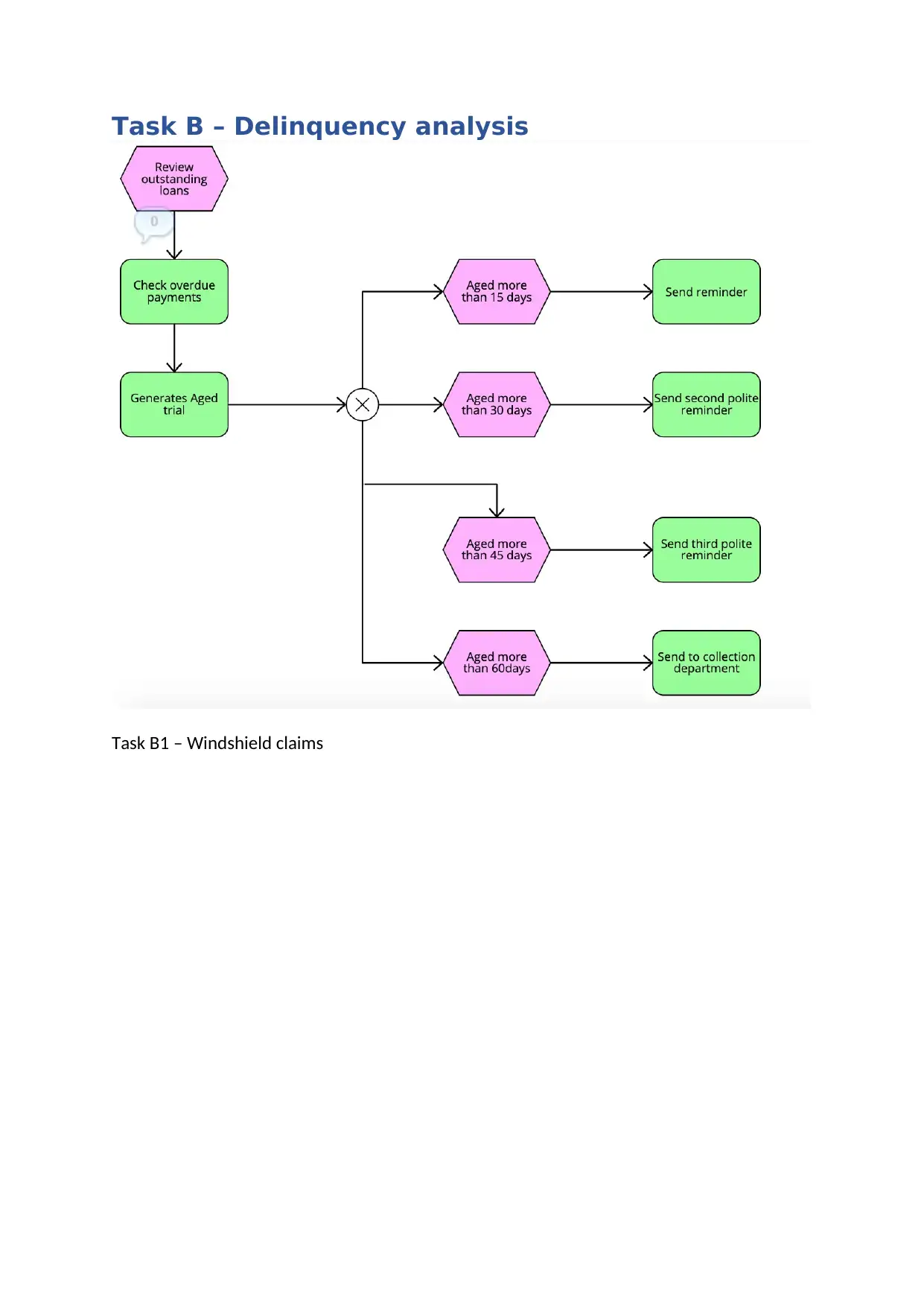
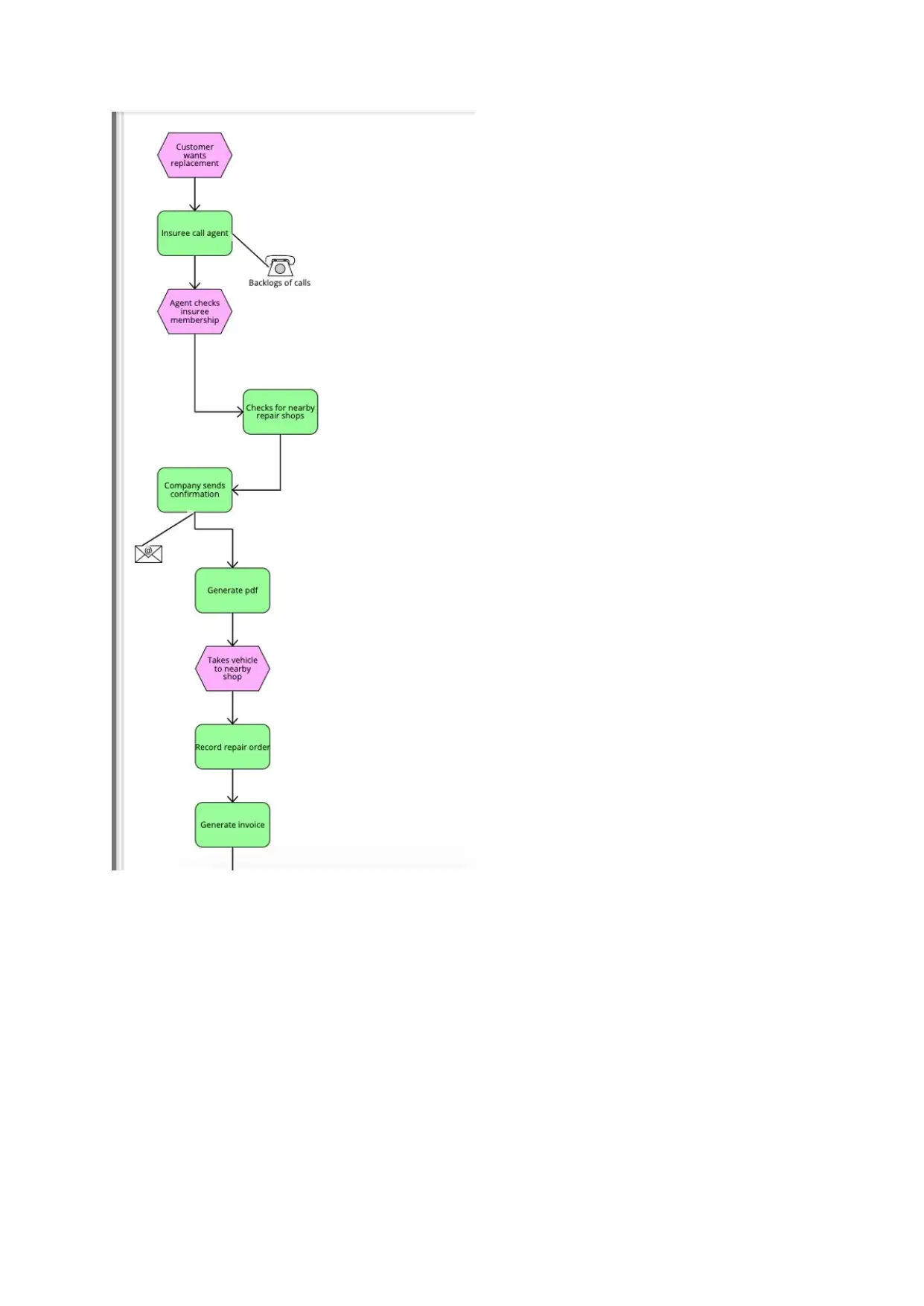

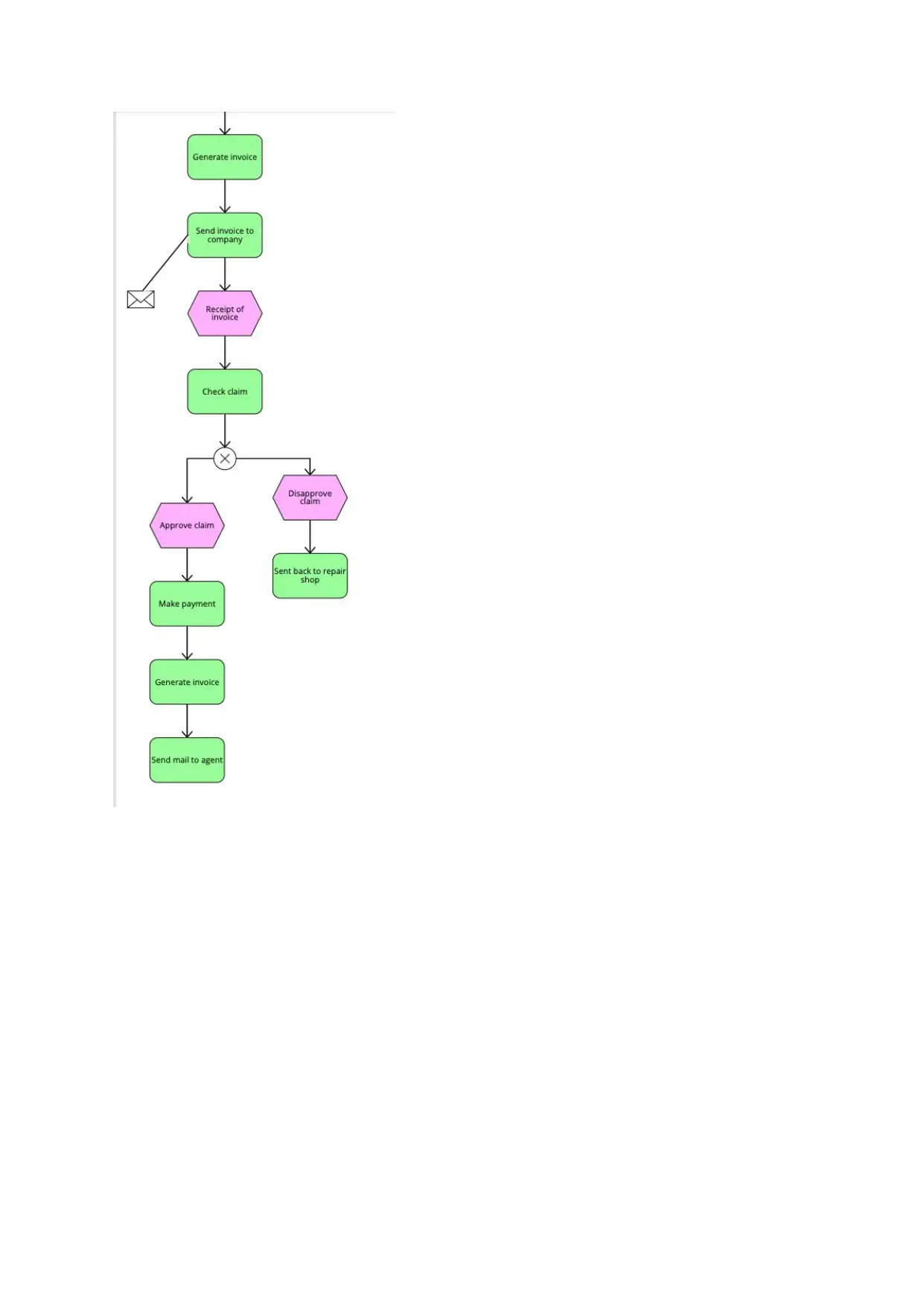
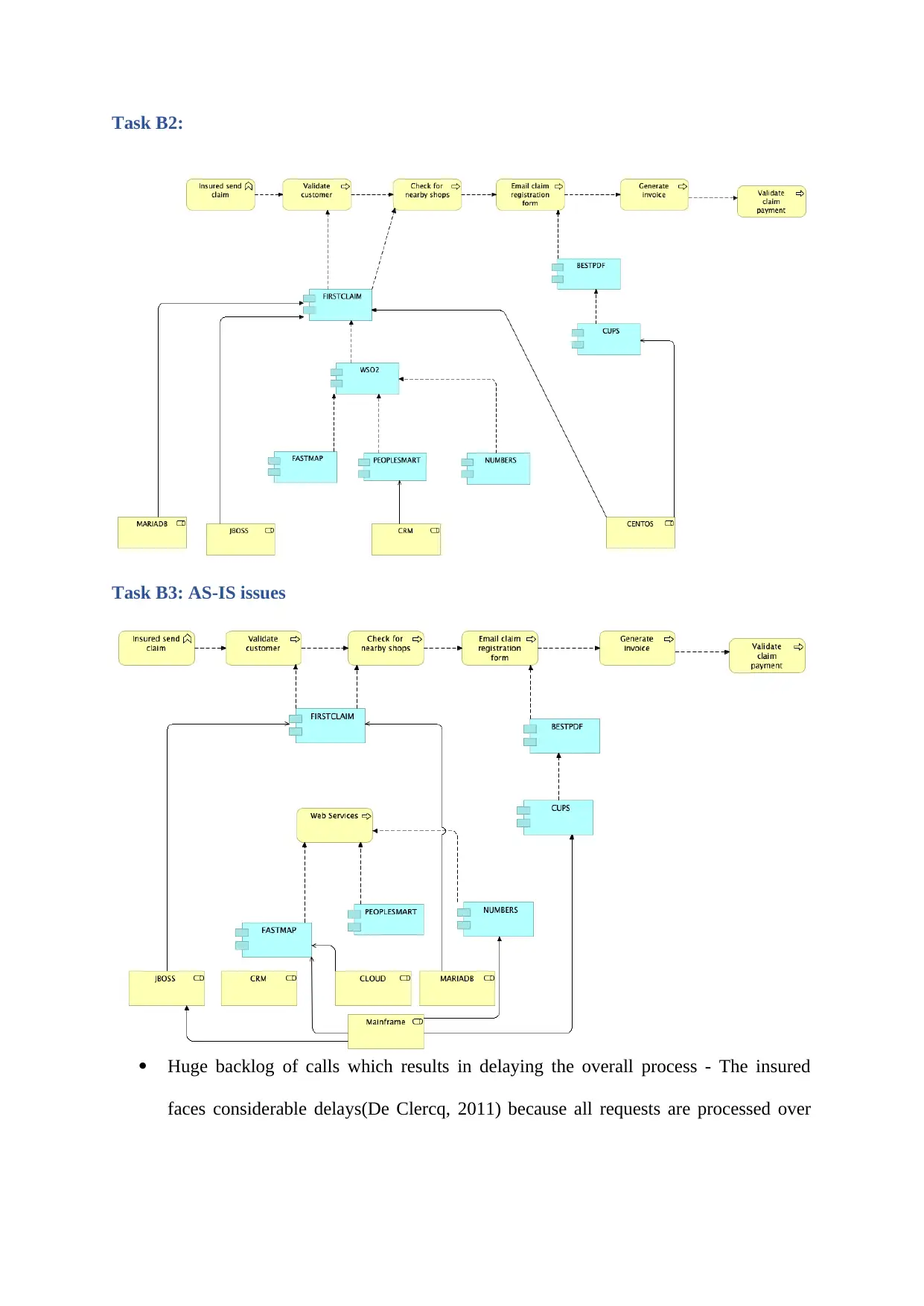
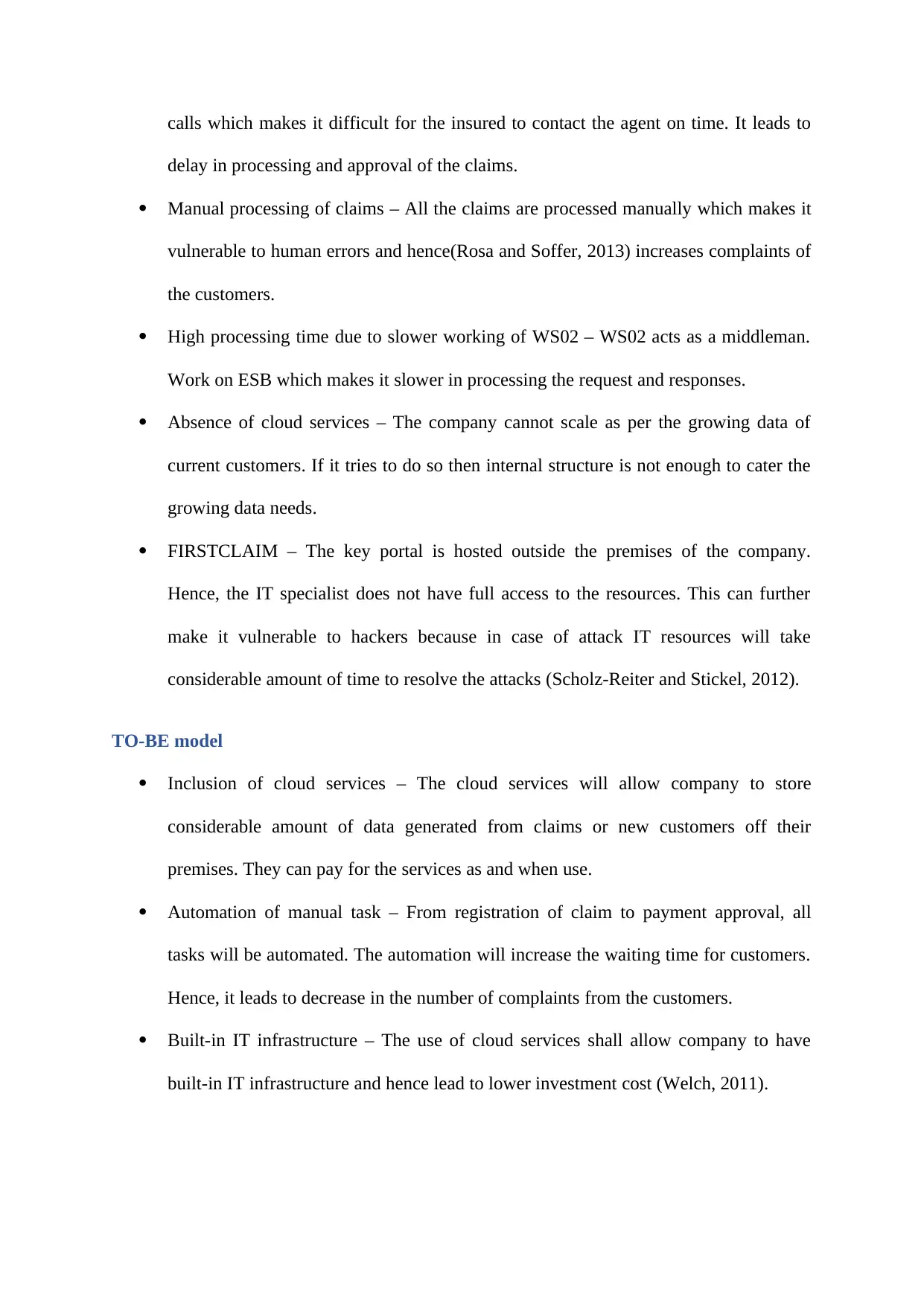
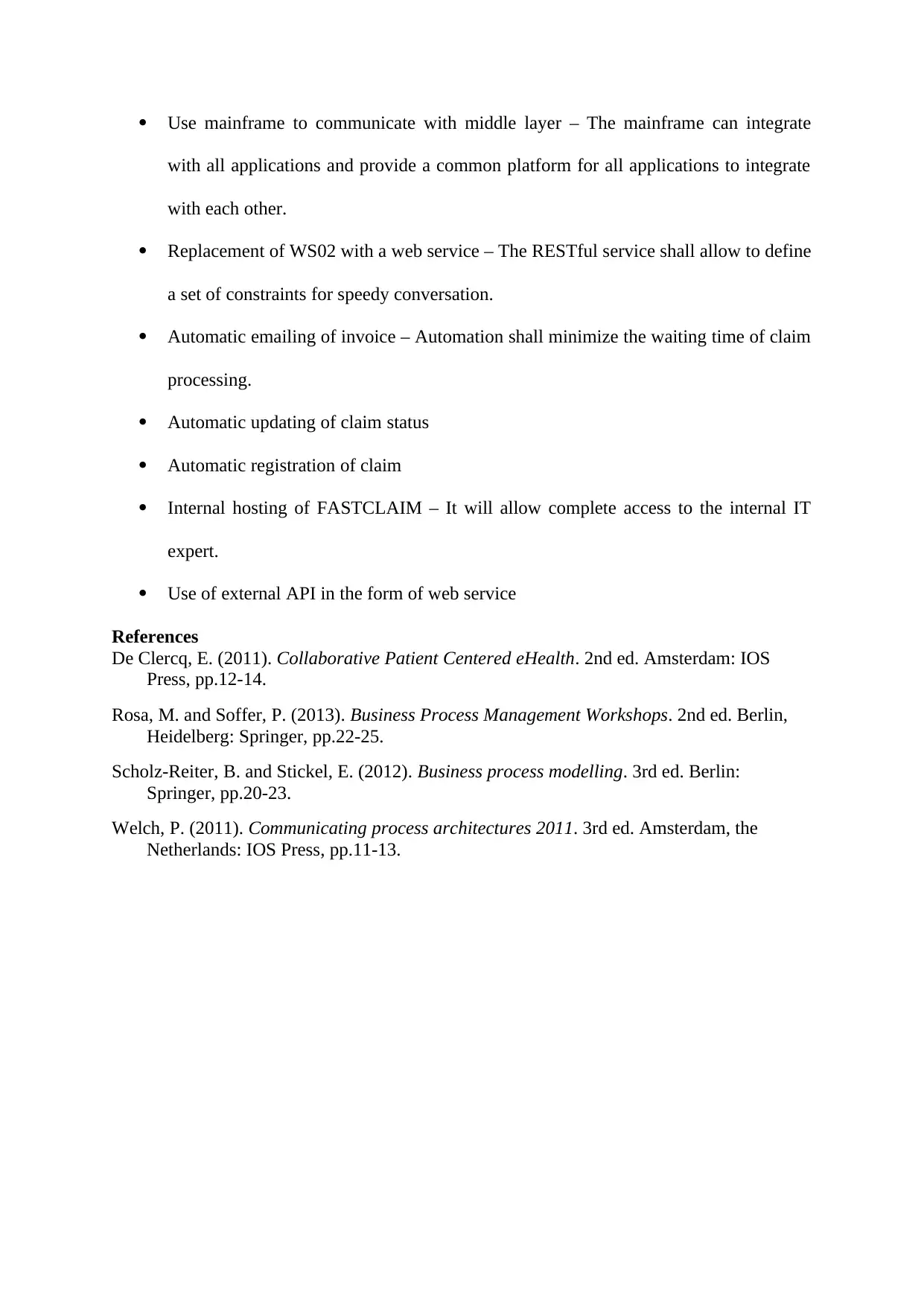
![[object Object]](/_next/static/media/star-bottom.7253800d.svg)